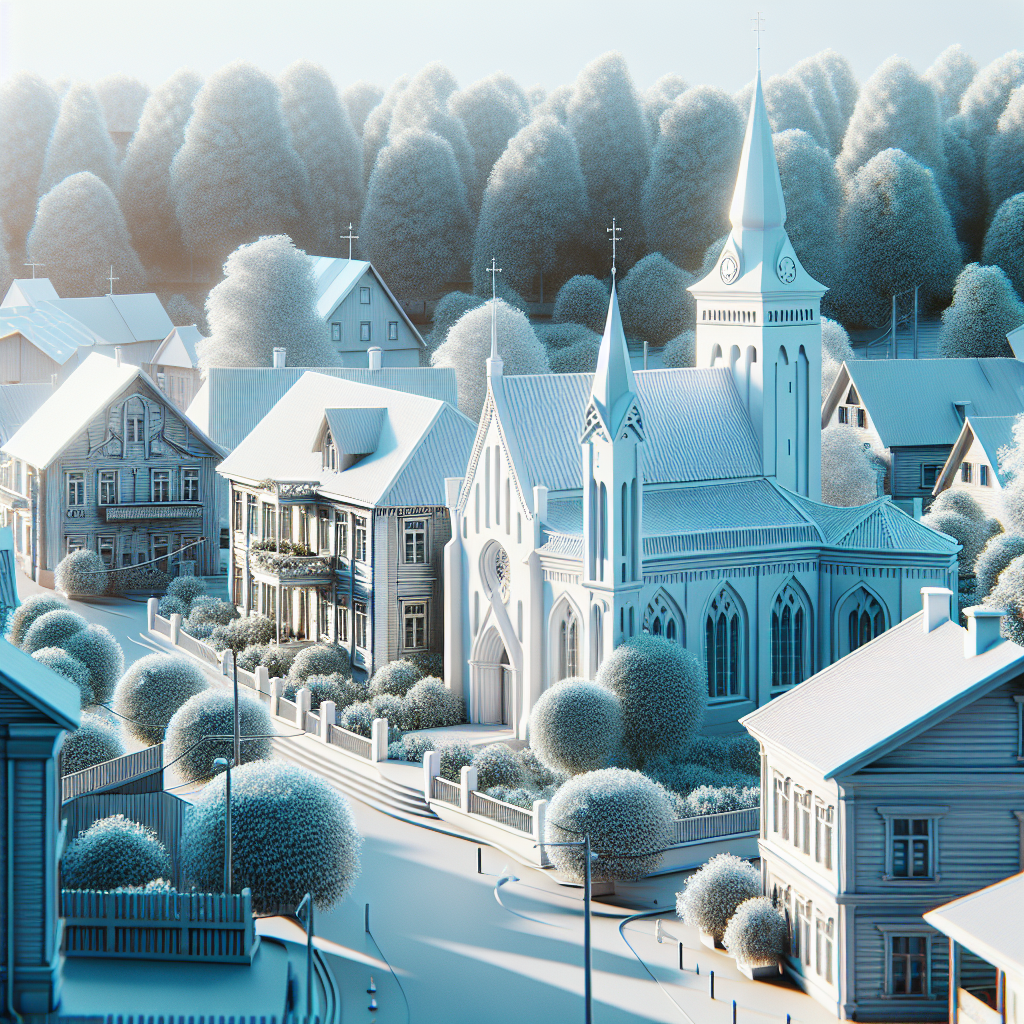Nestled in Estonia, Orissaare Parish is a hidden gem where you can still hear the whispers of the past carried by the Baltic breeze. Officially known as Orissaare Vald, this picturesque locale sits in Saare County, welcoming anyone curious about its quaint existence and rich history. Its formation as a municipal parish dates back to pre-1965, becoming part of a larger administrative grouping following Estonia's territorial reforms in the late 20th century.
What makes Orissaare Parish stand out is its laid-back vibe. The streets and people move at their own pace, as if celebrating the art of slow living. Picture a place where the biggest congestion you might face involves a few locals stopping to greet each other in the streets. With a few thousand inhabitants, the parish comprises a large community of small villages, each contributing its part to the cultural mosaic of the area.
Orissaare itself, being the main hub, features small eateries, shops, and a few landmarks that bear witness to Estonia's eventful past. The pride of Orissaare is undoubtedly the sports stadium with a striking oak tree smack in the middle of the pitch, known to sports fans and botanists alike. It stands there like a testament to the parish’s unique character and the people’s deep respect for nature.
The parish offers scenic escapades into nature. Saare County is famed for its beaches, cliff-lined coasts, and lush forests. Orissaare invites adventure seekers for a humble experience with trails that crisscross its charming landscapes. You can find tranquility on a bike near the coastline or perhaps take a contemplative walk and hear the steady, timeless rhythm of the sea.
But Orissaare Parish is more than just nature and slow-paced lifestyle. It's home to people who have grown with the land’s evolving identity. Many young people have an optimistic view towards preserving their traditions while embracing modernity. Past communal structures have given way to contemporary forums where discussions about sustainability and community-driven initiatives unfold. These conversations often circle back to the necessity of celebrating history while pushing forward toward innovation.
Some locals voice concern about this balancing act between tradition and modern pressures. There are debates about development versus conservation. Some advocate for maintaining a pastoral tranquillity, fearing that modernization might erase their character. Others, however, gently argue for change, adding that with selective growth, Orissaare could thrive and offer better opportunities for its younger residents who often move to bigger cities.
This delicate tension illustrates larger conversations happening globally, where communities grapple with the whirlwind of progress while trying to anchor themselves in their roots.
Despite differing opinions, the spirit of open dialogue and respect runs through the heartbeat of Orissaare Parish. World views may be different, but the elemental human connection prevails within these timeless Estonian green expanses.
If Orissaare was a book, it would be the kind you’d want to savor, page by page. Its story is told as much by its landscape as it is by its people. It’s their collective tales that draw visitors, looking for a taste of what seems lost in much of the world today: simple and unpretentious community living.
Whether you drop by Orissaare for a quick visit or stay long enough to imbibe its atmosphere, you're likely to come away with a sense of peace. It’s like experiencing a live-action history book, one that includes a surprising mixture of old and new, tradition and change, nature and society.
Though tucked away in a corner of Estonia, Orissaare Parish symbolizes something more significant: a pursuit of harmony, where past and present cohabit, not out of necessity, but choice. This synergy births a culture worth witnessing, especially for those weary of urban life's relentless rush.
In stepping onto the cobblestone streets of Orissaare, every footfall echoes the parish’s steadfast mantra, one perhaps best summed up as: we respect where we come from, we embrace what is, and together we shall make what might be.

